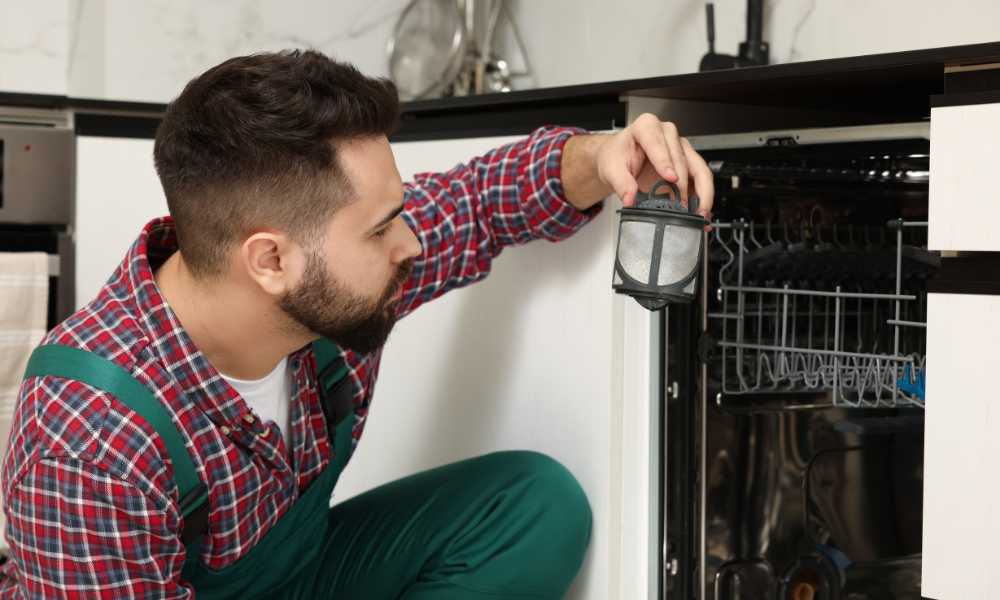If you’re asking, “Why isn’t my dishwasher draining”, you’re not alone. A dishwasher that won’t drain properly can be frustrating and inconvenient, leaving water sitting in the bottom of the machine. There are several potential causes for this issue, ranging from a clogged drain hose to a malfunctioning pump. The good news is that most of these problems can be identified and resolved with a little troubleshooting. In this article, we’ll walk you through the most common reasons why your dishwasher isn’t draining and provide practical solutions to help you fix the problem. Whether it’s a simple clog or something more complex, we’ve got you covered.
Common Causes of Drainage Issues
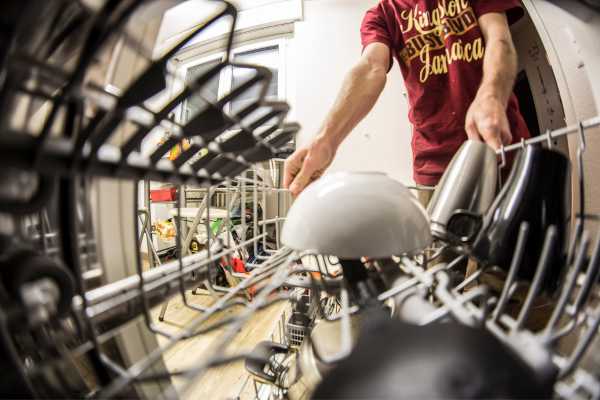
Your dishwasher isn’t draining, it could be due to several common issues. A clogged or kinked drain hose is often the culprit, blocking water from flowing out properly. Another common cause is a dirty or clogged filter, which can trap debris and prevent proper drainage. The drain pump itself may be blocked or malfunctioning, hindering water expulsion. Additionally, issues with the garbage disposal or check valve can affect the drainage process. Diagnosing the specific cause is essential for effective troubleshooting. Identifying the root of the problem allows for a targeted solution, ensuring your dishwasher drains properly and functions efficiently.
Clogged or Kinked Drain Hose
A clogged or kinked drain hose is one of the most common causes of a dishwasher not draining properly. When the hose is obstructed by food debris, grease, or even a bend, it prevents water from flowing freely out of the machine. This can leave dirty water sitting at the bottom of the dishwasher after a cycle. To fix this, start by checking the drain hose for any visible obstructions or kinks. Make sure the hose is properly positioned and free of debris. If you find a blockage, remove it carefully, and ensure the hose is not bent or pinched to allow for optimal water drainage.
Dirty or Blocked Filter
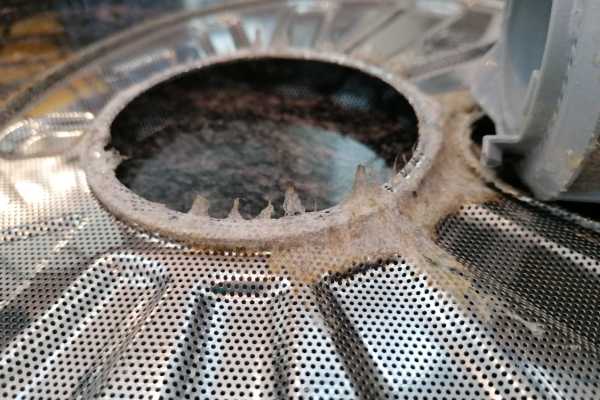
A dirty or clogged filter is one of the most common causes of dishwasher drainage issues. Over time, food particles, grease, and debris can accumulate in the filter, blocking water flow and preventing proper drainage. When the filter becomes clogged, it not only affects the dishwasher’s ability to drain but can also cause foul odors and poor cleaning performance. To prevent this, it’s important to clean the filter regularly. Simply remove the filter, rinse it under warm water, and scrub away any buildup. By maintaining a clean filter, you’ll help ensure smooth drainage and improve the overall efficiency of your dishwasher.
Blocked or Malfunctioning Drain Pump
The drain pump plays a crucial role in expelling water from the dishwasher during the drain cycle. If the pump is blocked or malfunctioning, it can prevent water from draining properly, leaving dirty water behind. Debris, such as food particles or broken parts, can clog the pump, causing it to stop working efficiently. To resolve this issue, it’s important to inspect the drain pump for any blockages or visible damage. Cleaning out any debris and ensuring the pump is functioning correctly can help restore proper drainage. If the pump is damaged or continues to malfunction, replacing it may be necessary to fix the problem.
Obstructed Garbage Disposal
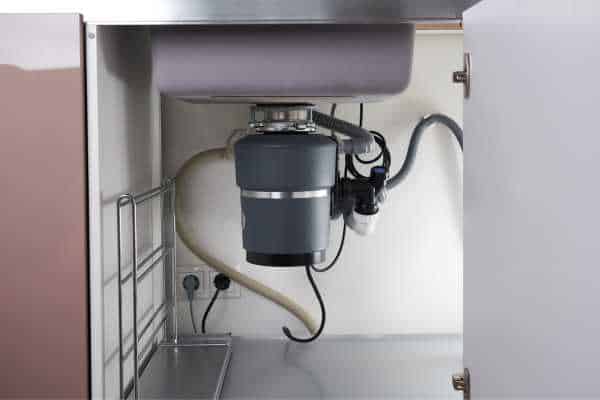
If your dishwasher isn’t draining, a clogged or improperly connected garbage disposal could be the culprit. Many dishwashers are connected to the garbage disposal, and if the disposal is blocked or clogged, it can prevent water from draining properly. Food particles and debris can build up in the disposal, blocking the drain and stopping the water from flowing freely. Check your garbage disposal for any obstructions and ensure it’s clear. Also, confirm that the dishwasher’s drain hose is properly connected to the disposal. Regularly maintaining the garbage disposal can prevent drainage issues and ensure your dishwasher functions smoothly.
Faulty Check Valve
The check valve in your dishwasher plays a crucial role in preventing backflow, ensuring that wastewater doesn’t re-enter the dishwasher during the drain cycle. If the check valve is stuck or malfunctioning, it can prevent proper drainage, leaving water in the bottom of the dishwasher. To resolve this issue, inspect the check valve for any signs of blockages or damage. If it’s not functioning properly, replacing the check valve is necessary to restore proper drainage. Regular maintenance and timely repairs of this vital component can help ensure your Dish cleaning machine drains effectively, preventing future issues and improving overall performance.
Improper Dishwasher Installation
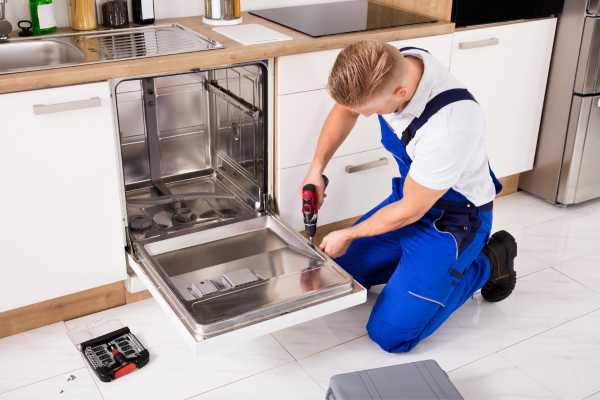
Improper dishwasher installation can significantly affect its drainage performance. If the dishwasher isn’t level, water may not flow properly, causing drainage issues. An unlevel dishwasher can lead to water pooling at the bottom or improper drainage during the cycle. Additionally, incorrect installation of the drain hose or its connection to the garbage disposal can block water flow, preventing proper drainage. To avoid these problems, ensure the Dish cleaning machine is installed correctly, with the drain hose positioned at the right angle and the unit properly leveled. Regularly checking the installation can help prevent drainage problems and ensure your Dish cleaning machine operates efficiently for years to come.
Issues with the Air Gap
The air gap is a crucial component in your dishwasher’s drainage system, preventing wastewater from flowing back into the dishwasher. Located near the sink, the air gap allows air to break the vacuum and ensures proper drainage. However, over time, it can become clogged with food debris, grease, or mineral buildup, causing drainage issues. If you notice water pooling in your Dish cleaning machine, it’s worth checking the air gap for blockages. To resolve the problem, clean the air gap regularly by removing any debris or buildup. Ensuring that the air gap is clear will help restore proper drainage and keep your Dish cleaning machine functioning efficiently.
Malfunctioning or Faulty Timer/Control Board
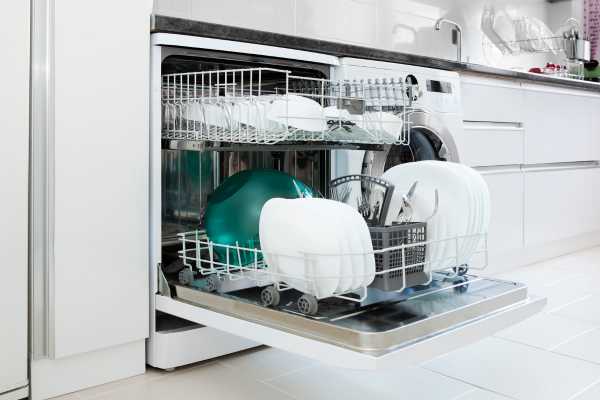
A malfunctioning timer or control board can significantly disrupt the drain cycle in your Dish cleaning machine, preventing it from draining properly. These components regulate the dishwasher’s cycles, including when to start and stop draining. If the timer or control board fails, it may cause the Dish cleaning machine to get stuck in one phase of the cycle, leaving water behind. If you suspect an electrical issue, it’s important to check the timer or control board for any signs of damage or malfunction. In many cases, replacing the faulty component can restore proper drainage. If you’re unsure about handling electrical components, consulting a professional technician is recommended for safe repairs.
Preventative Maintenance Tips
Preventing drainage issues in your dishwasher starts with regular maintenance. Clean the filter every few weeks to remove food particles and debris that can cause blockages. Inspect the drain hose periodically for kinks, cracks, or clogs that may restrict water flow. Make sure the hose is properly connected to prevent any leaks or drainage problems. Additionally, check for any obstructions in the drain pump and air gap. Scheduling annual professional inspections can help detect potential issues before they become serious. By following these preventative maintenance tips, you’ll ensure your Dish cleaning machine continues to function properly, saving you time and money in the long run.
Conclusion
If you’re asking, “Why isn’t my dishwasher draining”, addressing the issue promptly can prevent further complications. Common causes such as a clogged drain hose, dirty filter, or malfunctioning pump can often be fixed with simple troubleshooting. Regular maintenance, like cleaning filters, checking the drain hose for obstructions, and scheduling professional inspections, can help avoid drainage problems in the future. By staying proactive with care and maintenance, you can ensure your Dish cleaning machine continues to drain effectively, keeping your dishes clean and your appliance running smoothly. If the problem persists despite these steps, it may be time to consult a professional for further diagnosis and repair.

